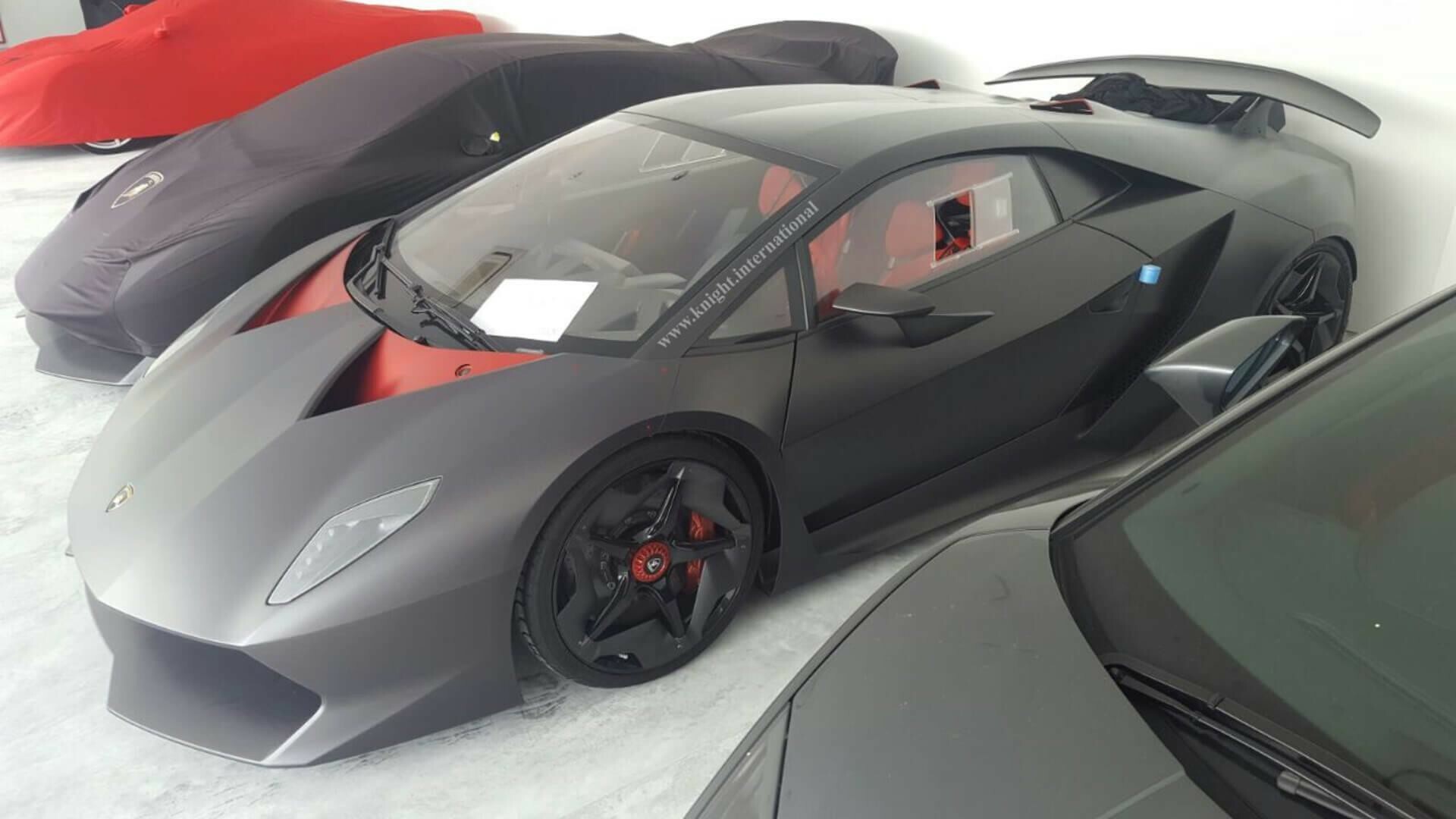Lamborghini

Sant'Agata Bolognese, Emilia-Romagna, Italy
About
Emerging from the Second World War, Ferruccio Lamborghini opened a garage in the small town of Pieve di Cento. Here, he began using surplus mechanicals to construct tractors, utilising a bespoke fuel atomiser allowing the tractors to be fueled by cheaper diesel. This was a strong selling point for the poorer Italian farmers, prompting the founding of Lamborghini Trattori in 1948.
With government schemes, buying domestic agricultural machinery was incentivised, and Lamborghini Trattori became a very successful endeavour. In 1959, Lamborghini expanded his portfolio further and founded Lamborghini Bruciatori, a company manufacturing heating and air conditioning systems. Naturally, this was also successful.
His passion lay with more exotic machinery, however. Using his new-found wealth, Lamborghini graced his garage with an array of luxury cars, until a dispute with Enzo Ferrari gave him an entirely new trajectory. Believing Ferrari cars to be thinly disguised race cars lacking the refinement and quality expected of true grand-tourers, Lamborghini was convinced he could compete.
Setting up shop in Sant’Agata Bolognese, Automobili Lamborghini was founded in May 1963. Commissioning ex-Ferrari engineer Giotto Bizzarrini to develop a V12 engine, the plans for the new car were set and a talented team including Giampaolo Dallara, Paolo Stanzani and Bob Wallace was assembled.
Built in just four months, the 350GTV show car debuted at the 1963 Turin Motor Show, to mixed reviews. A restyle was needed and the subsequent model, the 350 GT, debuted the following year at Geneva. To keep prices competitive, every 350 GT was sold at a loss, until its supersedence by the four-seater 400 GT 2+2 model in 1966.
1966 also brought a revelation; the Miura. With a seldom-seen mid-engined layout and jaw-dropping styling, the Miura made Lamborghini a true rival to Ferrari. Production and development continued, with models including the Islero, Espada, and Urraco taking the brand into the 1970s.
In 1971, Lamborghini Trattori saw a large number of its export orders cancelled, prompting Lamborghini to sell to rival manufacturer SAME. Automobili Lamborghini followed close behind, with 51% sold to Swiss businessman Georges-Henri Rossetti just a year before the 1973 launch of the Countach, unluckily coinciding with the oil crisis.
Lamborghini’s remaining 49% stake was sold to René Leimer the following year. Rossetti and Leimer were tasked with keeping Lamborghini afloat, with supplier debts and waiting lists racking up. This pushed the pair to attempt contracts that, although providing temporary relief, almost sealed the fate of Lamborghini.
The first was the Cheetah, a military prototype commissioned by Mobility Technology International. With a lack of development funds and legal issues with FMC, the Cheetah fell flat and the contract was ultimately awarded to AM General for their Humvee. The Cheetah was loosely reworked into the LM002, a car popular in the Middle Eastern market.
The second was the BMW M1, in which Lamborghini permitted the use of their assembly facilities that stood largely unused. Funding was an issue, however, and despite asking the Italian government and even BMW for financial assistance, the partnership crumbled.
In 1978, Lamborghini filed for bankruptcy, only to be rescued two years later by the brothers Jean-Claude and Patrick Mimran, heir to an African sugarcane fortune. They sought to increase sales, reworking the unsuccessful Silhouette model into the Jalpa, and homologating the Countach for the American market.
After seven years at the helm, the Mimrans sold Lamborghini to Chrysler for a tidy return on their investment. Chrysler replaced the ageing Countach with the Diablo and discontinued the Jalpa and LM002. They hoped to bring Lamborghini into the modern era, only to be struck by a global recession. In 1994, Chrysler sold Lamborghini to MegaTech, a Bermuda-registered Indonesian company, for a significant loss.
MegaTech was headed by Tommy Suharto, son of the president of Indonesia, and appointed Michael J. Kimberly as Managing Director. The model lineup was restructured and, despite an increase in sales, MegaTech sold Lamborghini to Audi at the height of the 1998 Asian financial crisis.
Audi’s ownership brought an entirely new era for Lamborghini, both focusing on quality and further expansion of the models offered. The Diablo was replaced by the Murciélago, another success, in 2003 and followed shortly after by the Gallardo, an entry-level model for sports car enthusiasts.
The Aventador replaced the Murciélago in 2011, and the Huracán the Gallardo three years later. Since then, Lamborghini has been hugely successful, producing another SUV, the Urus, and maintaining their status as one of the world’s most revered supercar manufacturers.








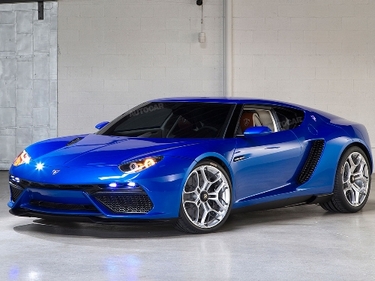











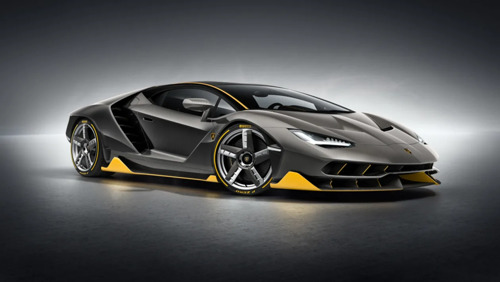

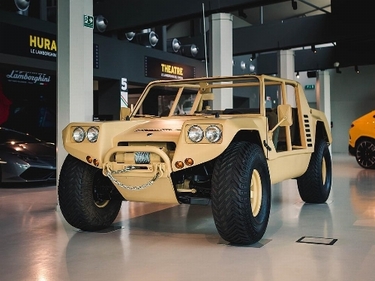



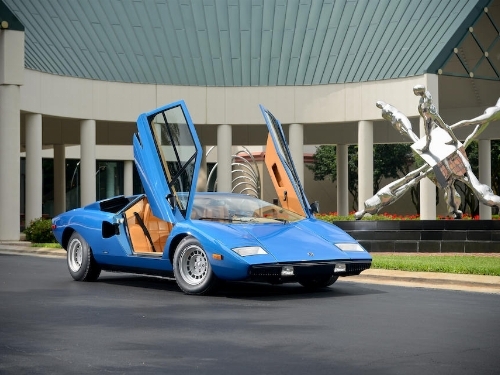































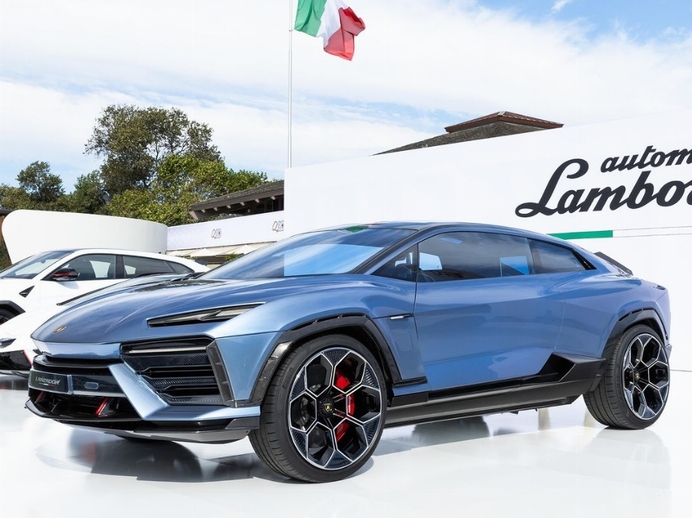





































Videos
Empty List
Gallery
No images available.





